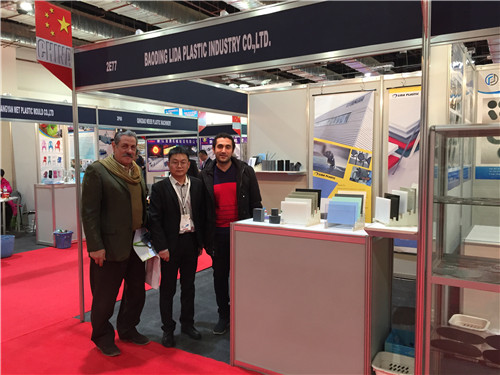Dec . 06, 2024 15:43 Back to list
pvc-o pipe
The Advantages of PVC-O Pipe A Modern Solution for Efficient Water Management
In the ever-evolving landscape of infrastructure development, efficient water management has become a pivotal focus for both urban and rural environments. One of the innovative materials leading the charge in this arena is PVC-O pipe, oriented polyvinyl chloride piping, which has emerged as a superior alternative to traditional piping solutions. This article explores the numerous benefits of PVC-O pipes, their applications, and why they are gaining popularity among engineers and project managers.
What is PVC-O Pipe?
PVC-O pipe is manufactured through a specialized process that orients the molecular structure of polyvinyl chloride. This orientation enhances the pipe’s strength and flexibility, making it highly resistant to impact and pressure. As a result, PVC-O pipes exhibit improved performance characteristics compared to their non-oriented counterparts. They are specifically designed for high-pressure applications, making them ideal for transporting water and wastewater.
Key Advantages of PVC-O Pipe
1. Strength and Durability One of the most significant advantages of PVC-O pipes is their superior strength-to-weight ratio. The orientation process gives these pipes higher tensile strength, allowing them to withstand harsh environmental conditions and heavy loads. This durability translates to a longer lifespan of infrastructure projects, reducing the frequency of repairs and replacements.
2. Reduced Weight PVC-O pipes are lighter than traditional pipe materials, making them easier to transport and install. This reduction in weight not only minimizes labor costs but also lowers the carbon footprint associated with transportation and installation activities.
3. Corrosion Resistance Unlike metal pipes that can corrode over time, PVC-O pipes are inherently resistant to a variety of chemicals and environmental factors. This resistance reduces maintenance costs over the lifespan of the pipes, making them a cost-effective choice for water systems.
pvc-o pipe

4. Hydraulic Performance PVC-O pipes feature a smooth internal surface, which minimizes friction and allows for efficient water flow. The superior hydraulic performance ensures that less energy is required to pump water through the system, leading to lower operational costs.
5. Environmentally Friendly PVC-O pipes are designed with sustainability in mind. The manufacturing process minimizes waste, and because they are highly durable and recyclable, they contribute to a circular economy. Additionally, their energy-efficient performance reduces the overall carbon footprint associated with water transportation.
Applications of PVC-O Pipe
PVC-O pipes are versatile and suitable for various applications, including
- Water Supply Systems Their ability to transport water at high pressure makes PVC-O pipes an ideal choice for municipal water supply systems. - Irrigation In agriculture, PVC-O pipes facilitate efficient water distribution, helping to conserve resources while maximizing crop yields. - Wastewater Management These pipes are also suitable for sewage and wastewater applications, offering reliable and durable solutions for managing effluent.
Conclusion
As the world grapples with challenges related to water scarcity and infrastructure sustainability, the adoption of innovative materials like PVC-O pipe is crucial. With their numerous advantages—strength, lightweight, corrosion resistance, and environmental benefits—PVC-O pipes stand out as a modern solution for efficient water management. Their growing acceptance amongst engineers represents a shift towards smarter infrastructure choices that prioritize sustainability and long-term performance. As more projects incorporate PVC-O pipes, we can expect significant advancements in the way we manage and distribute water resources globally.
In summary, the future of water management lies in technologies that not only address current challenges but also contribute to a more sustainable environment. PVC-O pipes exemplify this shift, helping to pave the way for a resilient infrastructure that meets the demands of both people and the planet.
-
HDPE Natural Sheet: Durable, Food-Grade & Versatile Plastic Solutions
NewsAug.27,2025
-
Durable Glossy PVC Rigid Sheet | Premium High-Shine Panels
NewsAug.26,2025
-
Durable PP Rigid Sheet: Lightweight, Chemical Resistant Solutions
NewsAug.21,2025
-
PVC Grey Sheet for Extraction: Chemical Resistant & Durable
NewsAug.19,2025
-
Durable PVC Pipe Fittings for Plumbing & Irrigation Needs
NewsAug.18,2025
-
HDPE Steel Belt Reinforced Spiral Corrugated Pipe | High Strength
NewsAug.17,2025

